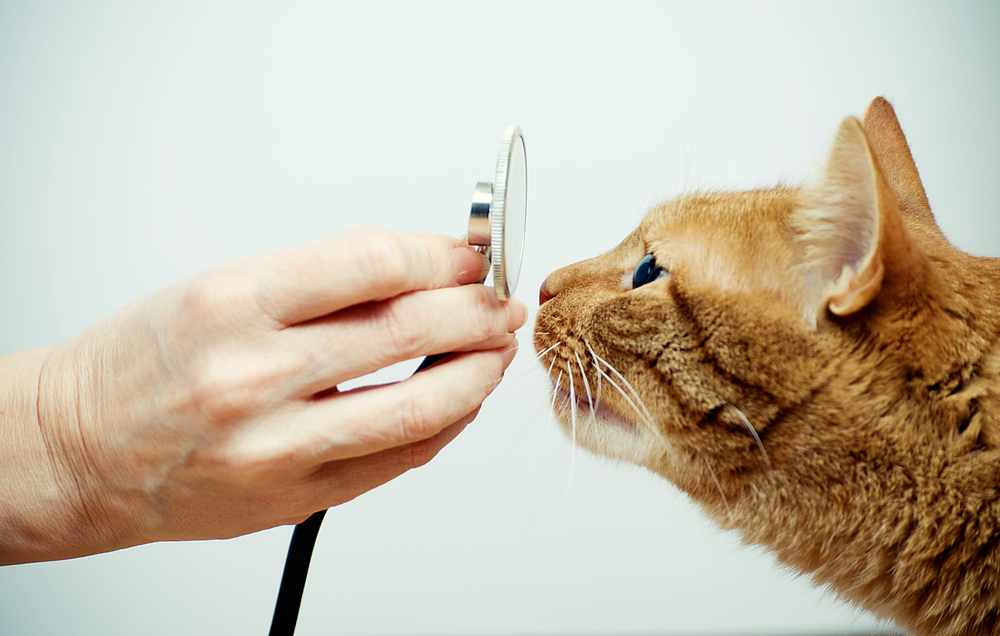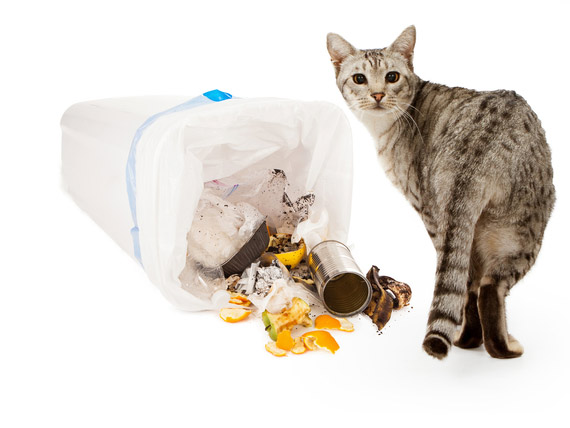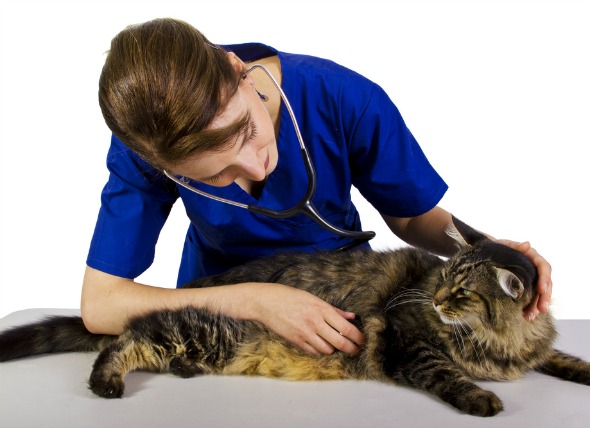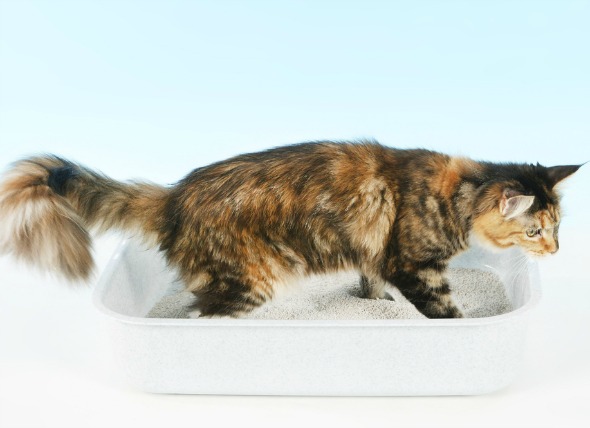
Perianal fistula is a disorder in which the anus, rectum, and perineal regions of a cat are inflamed and irritated. This disorder is often painful for the cat, as well as progressive.
Dogs and cats are both susceptible to perianal fistulas. If you would like to learn more about how this disorder affects dogs, please visit this page in the PetMD health library.
Some of the common symptoms can include:
The causes of the inflammation have yet to be clearly defined. The medical condition occurs in all breeds and is not more prone in either gender, but it can be found commonly in male cats that have not been neutered.
Cats with a broad tail base, or those that carry it low, are thought to have inflammation in the perianal region because it has less ventilation. There is also a higher incidence of this type of inflammation in cats that have sweat glands in the region.
Blood tests usually show normal results, so veterinarians often look for inflammation, swelling, infection, and any signs of bacteria in the cat's perianal region. In more serious cases, a biopsy of the area will be performed.
Most treatment options are currently done on an outpatient basis. Warm packing of the area can help, as well as water soothing therapy (hydrotherapy) or cleansing the wound area to prevent infection. The cat's diet can also be modified to include more fiber, which allows for a softer stool and less pain and discomfort when they are removing bodily waste. In addition, stool softeners may be recommended as a dietary supplement for the cat.
If traditional treatment options are not successful, surgery may be required and is used to remove any inflamed or damaged tissue. In some rare instances, the amputation of the cat's tail will be recommended to reduce inflammation and the likelihood of a recurring condition. Drugs to help in the reduction and infection are commonly prescribed, as well to help in the healing.
There are several possible complications of treatment, including:
It is important to monitor the cat's progress, to ensure that they are healing, and that they do not have any serious complications following the treatment.
There are currently no preventative measures for this medical condition.
 Droopy Eye in Cats
Horner’s Syndrome in Cats
Conditions of the
Droopy Eye in Cats
Horner’s Syndrome in Cats
Conditions of the
 Destructive Behavior in Cats
It is normal for cats to scratch things. They do
Destructive Behavior in Cats
It is normal for cats to scratch things. They do
 Twitch-Skin Syndrome in Cats
Feline Hyperesthesia Syndrome in Cats
Feline hype
Twitch-Skin Syndrome in Cats
Feline Hyperesthesia Syndrome in Cats
Feline hype
 Diarrhea (Long-term) in Cats
Chronic Diarrhea in Cats
Feline chronic diarrhea
Diarrhea (Long-term) in Cats
Chronic Diarrhea in Cats
Feline chronic diarrhea
 Why Cats Use Litter Boxes
Why Cats Use Litter Boxes
Why Cats Use
Why Cats Use Litter Boxes
Why Cats Use Litter Boxes
Why Cats Use
Copyright © 2005-2016 Pet Information All Rights Reserved
Contact us: www162date@outlook.com